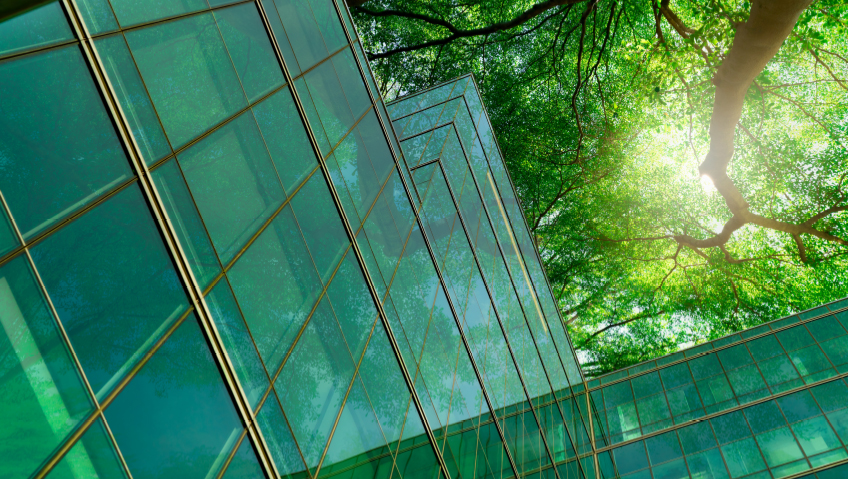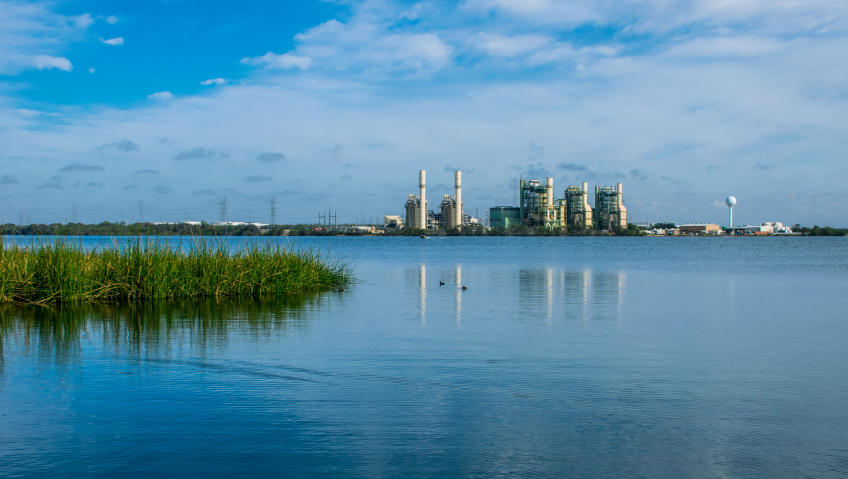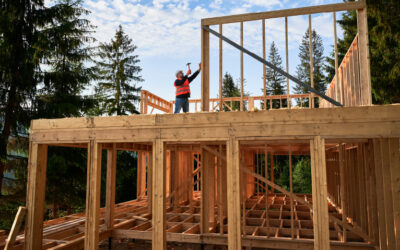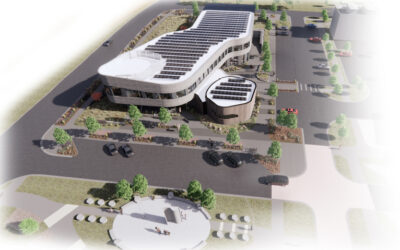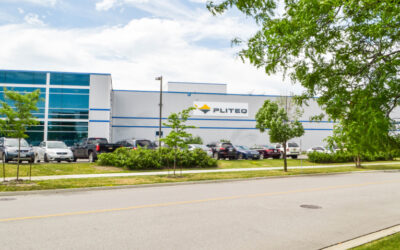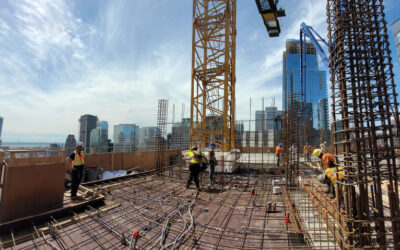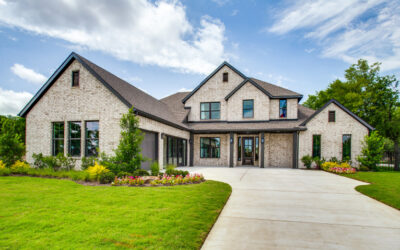Green building, net zero emissions and stewardship of resources require a whole new mindset in the construction industry. And it’s one that will be important for generations to come.
For Aaron McEwin, Director of Sustainability at Jordan & Skala Engineers, this kind of thinking is in his DNA – and part of his approach to every project from multi-family dwellings to hospitals, universities and commercial city blocks.
“We don’t want to deplete the resources on this earth and that’s the challenge with buildings,” says McEwin. “Concrete and steel take a lot of energy to produce and move around. There’s been a big push on reducing carbon footprint. To me, that impacts a lot of different areas, the transportation area, the construction of buildings, even the operational side of it after we designed it.”
Headquartered in Atlanta, Georgia, Jordan & Skala is a mechanical, electrical, and plumbing engineering firm that is licensed in all 50 states. The firm is at the forefront of green building with a focus on energy modeling and energy compliance programming.
“As engineers, we’re stewards of our resources and want to do the best we can to maximize the potential for those resources,” he says.
Environment, society, responsibility
In fact, the company’s leadership in environmentally friendly projects is a cornerstone of its philosophy. Jordan & Skala is part of the U.S. Green Building Council, committed to developing buildings that are designed and built using both environmentally and socially responsible practices.
How do they do this, exactly?
As an engineer, McEwin focuses on the lifespan of a building and its impact on the environment. He admits that this approach is a challenge as many of the practices he wants to implement have significant upfront costs. So, the firm must plan for the longer term.
As the cost of energy systems designed to reduce carbon emissions becomes more affordable, consideration must be given to planning the area within a building that will house these systems, making sure that electricity and other infrastructure is already in place to simply plug and play.
McEwin knows firsthand about climate adaptation and evolving energy systems. “There is a lot of heat in Texas,” he says, recalling his early days growing up in the Lone Star State.
It was this heat and his father’s work in HVAC that inspired his own interest in climate management and green building. McEwin remembers his father installing some of the first wooden cooling towers next to people’s homes to provide air conditioning through a process known as adaptive cooling.
The adaptive cooling system is a device that cools the air of a building through the evaporation of water. These systems operate on the principle that water will absorb a lot of heat before evaporation occurs. This can cool air much more efficiently than refrigeration systems.
From finance to low-temp apps
“My dad had a degree in finance,” McEwin says. “He was planning to go into the banking industry and was offered a job at a wholesale group in Dallas as a salesperson for refrigeration and low-temperature applications for grocery stores, restaurants, and schools and so forth. He began selling the equipment.”
McEwin adds that his grandfather worked in HVAC as well as being an early contractor in northeast Texas. “I think, with the knowledge my father had working with his own dad and being around those systems, he became very good at what he did.” Truly a multi-generational desire to help people stay comfortable!
With the resources of Jordan & Skala, McEwin works not only in the hot, humid conditions of Texas, Florida, and Georgia, but also in the dry heat of Arizona and California. This depth of experience in keeping people comfortable extends to the northern climates of Minnesota as well. “We’re able to provide specialized solutions to people in many different areas of the country,” he says.
A big part of his job is really to help Jordan & Skala, including project partners, clients, and industry colleagues, learn about sustainability and how to design and implement both energy efficiency and green building practices. He admits there is still a lot of confusion and mixed nomenclature around sustainable building.
Getting the names right
“What’s called net zero could be net energy-net zero or net carbon-net zero or zero water,” says McEwin. The term is thrown around a lot and its meaning changes based on what the owner of the building is looking for when they’re developing a property.
To McEwin, net zero energy means offsetting whatever energy you are using with energy you are producing. “That’s the ideal scenario that our future depends on, so we’re not relying on carbon-based Victorian-era electricity grids. And it takes important design considerations.”
The infrastructure of the mechanical and electrical systems of the building must be able to handle the input of additional energy and protect the building from over-producing energy.
“There have to be methods to regulate the amount of production or push it out of the building so that it can maximize the production of the renewable systems in the buildings in order to achieve that truly net-zero-bill at the end of the year,” says McEwin.
The realities of what is designed, built and ultimately operational can also affect the efficiency of the finished product. As McEwin explains, there are many different moving pieces to any green energy system. Simple things like dampers getting stuck or actuators malfunctioning can affect input and output in a system.
The firm’s primary work is electrical infrastructure that allows electrical systems to deliver the required capability and capacity. While specialized contractors design and test solar and wind production systems, it’s Jordan & Skala that connects the systems to the electrical components of the building.
His team also uses energy-code testing to make doubly-sure the systems are fully compliant and operational once they’re in place.
Expanding demands
This work is becoming more and more challenging, he notes, as building owners and developers are requesting more and more green energy components such as zero-emission vehicle-charging stations.
For example, one project underway is an industrial facility that requires truck charging stations. His firm is overseeing the electrical infrastructure required to enable this significant increase in energy demand.
Another big project is Trinsic Residential’s Aura Thirty2, a five-story wood frame luxury residential development in University Park in Austin, Texas, one of the designated areas of Austin’s green energy building program. The property includes a resort-style pool, rooftop deck, clubroom and private work suites. Jordan & Skala has been able to guide the developer and construction team right from conceptual design to completion.
“With the green building administrative services we provide, we look at everything from the building envelope, and the windows and walls, to everything in it,” McEwin says.
He takes special pride in this particular development as it has allowed his team to oversee everything and to be certain that what was designed is what is finally implemented. “We are not just designing these systems and practices, we are implementing them as well. And when the instrumentation is in place, that is the best way of providing quality assurance.”

